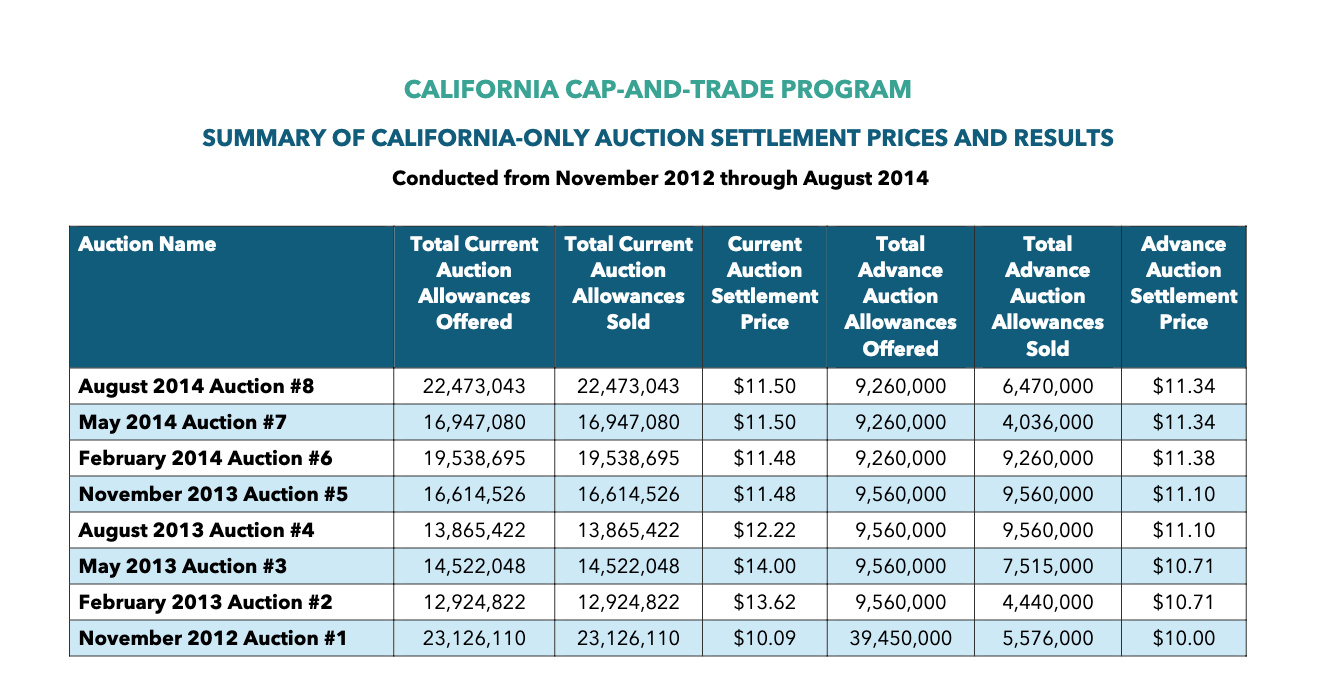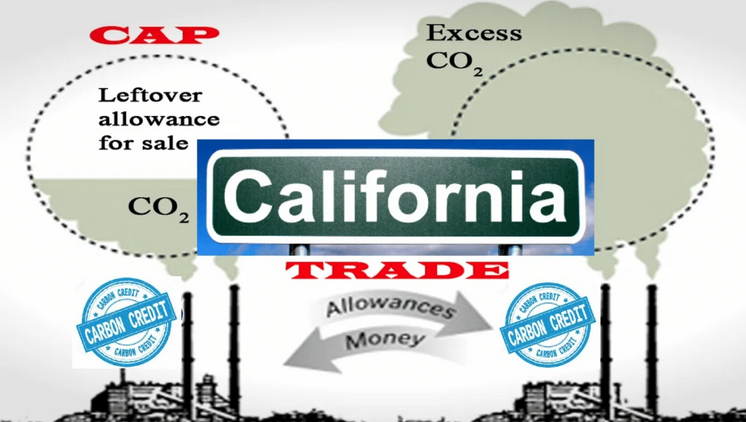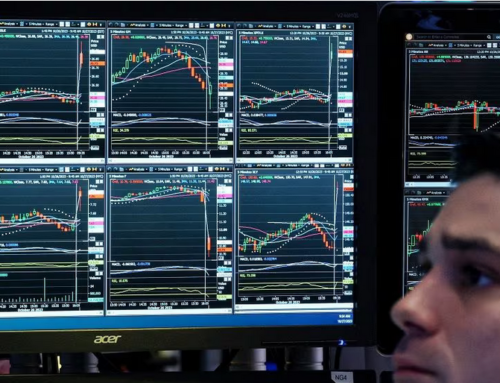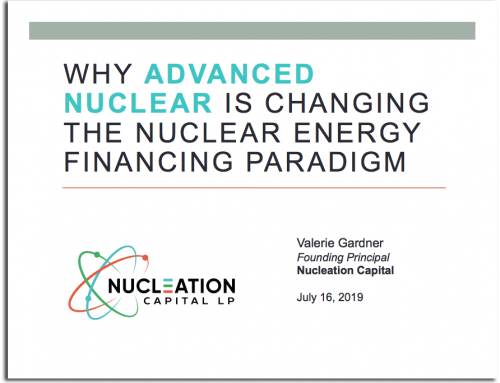What is the California Climate Credit?
If you are one of millions of California residents and energy ratepayers, you may have received an unusual message from PG&E regarding a new credit that you will receive starting in April 2024 on your utility bill. It is a credit identified as the “California Climate Credit.” This is a rebate designed to help utility customers during the transition to a low-carbon future. The California Cap-and-Trade Program was authorized by the landmark Global Warming Solutions Act of 2006. Proceeds raised by the Cap-and-Trade Program up until now have been used to fund programs and projects that are cutting pollution, creating jobs and investing in cleaner energy and transportation. Now, the CPUC has decided that they will use some of the proceed to help reduce utility costs for California residents.
 As PG&E explained, the California Climate Credit is part of California’s efforts to fight climate change. This credit is from the California Cap-and-Trade Program, launched all the way back in 2006, that sets out a declining number of allocations of allowances that power plants, fuel providers, and large industrial facilities that emit greenhouse gases must buy in order to be able to emit carbon pollution.
As PG&E explained, the California Climate Credit is part of California’s efforts to fight climate change. This credit is from the California Cap-and-Trade Program, launched all the way back in 2006, that sets out a declining number of allocations of allowances that power plants, fuel providers, and large industrial facilities that emit greenhouse gases must buy in order to be able to emit carbon pollution.
Initially, California gave away allowances for free to existing polluters. However, a portion of the available allowances each year are sold at quarterly auctions, so when a polluter need more allowances, they have to participate in the auction and buy the additional allowances from the state at whatever the price is received at the auction.
These auctions languished at very low prices for a long time. But lately, they have begun to see prices increases, which provides California with revenue that the state can use to enact other programs, policies and approaches for creating carbon savings and ensuring that ordinary people are not bearing the brunt of price increases. As of 2020, Califoria’s Greenhouse Gas Reduction Fund (GGRF) had about $20 billion available for the state to use to effect the transition to lower carbon energy and help protect residents from price increases that result from utilizies having to pay for their carbon emissions.
The credit on your bill is exactly that. This is a rebate designed to help utility customers during the transition to a low-carbon future. The California Cap-and-Trade Program (one of many programs resulting from the landmark Global Warming Solutions Act of 2006) proceeds have been used to fund programs that cut pollution, create jobs, clean up ecologic messes, and invest in cleaner energy and transportation and reduce ratepayer costs. In the decade between 2014 and 2023, the state issued very small credits to residents to subsidize residential energy bills. Customers of PG&E saw a total of just shy of $600 rebated over those first ten years. In 2024, that rebate has increased to more than $110, effectively doubling the level of rebate.
For a long time, California’s Cap and Trade program seemed incredibly toothless. The state began the program in late 2012. It basically offered almost 40 million allowances and it only sold about 5.5 million allowances at about $10 per metric ton. By August of 2014, the number of allowances sold had grown only to 6.5 million and the price to $11.34.

Then, California did a good thing. It formed a Joint Auction program with Quebec, to broaden the number of bidders and the geographic area covered by the auction and restarted. In November 2014, the price of an allowance cost $12.10 per metric ton at auction (this can be thought of as the price of a metric ton of CO2-e (CO2 or equivalent GHGs). In the ten years since then, the price has now increased up to $41.76 per ton. In February 2024, California and Quebec sold out all 51,216,056 allowances on offer at $41.76 and made just under $$2.14 billion.
California’s Cap and Trade program is now one of the only carbon pricing schemes that is actually working to put a meaningful price on carbon. Although the program doesn’t cover all companies but rather than the largest CO2 emitters and although the actual social cost of carbon is currrently estimated to be closer to $100/metric ton and the actual cost of removing CO2 from the atmosphere is many multiples of the social cost, California’s program is actually starting to generate respectable proceeds for the state and getting emitters to think more seriously about how to reduce their emissions. This carbon price probably had a significant impact on the decision by PG&E to save Diablo Canyon, which emits zero carbon yet generates almost 15% of the state’s clean energy.

To learn more about California’s Cap-and-Trade program, see this California Air Resources Board (CARB) link. To learn more about what has been done with the money raised to date, see California’s Climate Investments website. To learn more about the ratepayers’ Climate Credit, see: https://www.cpuc.ca.gov/climatecredit.










Leave A Comment